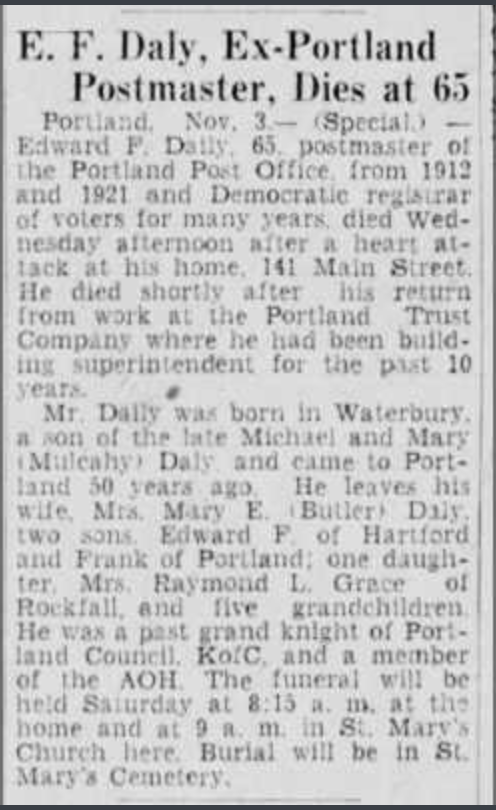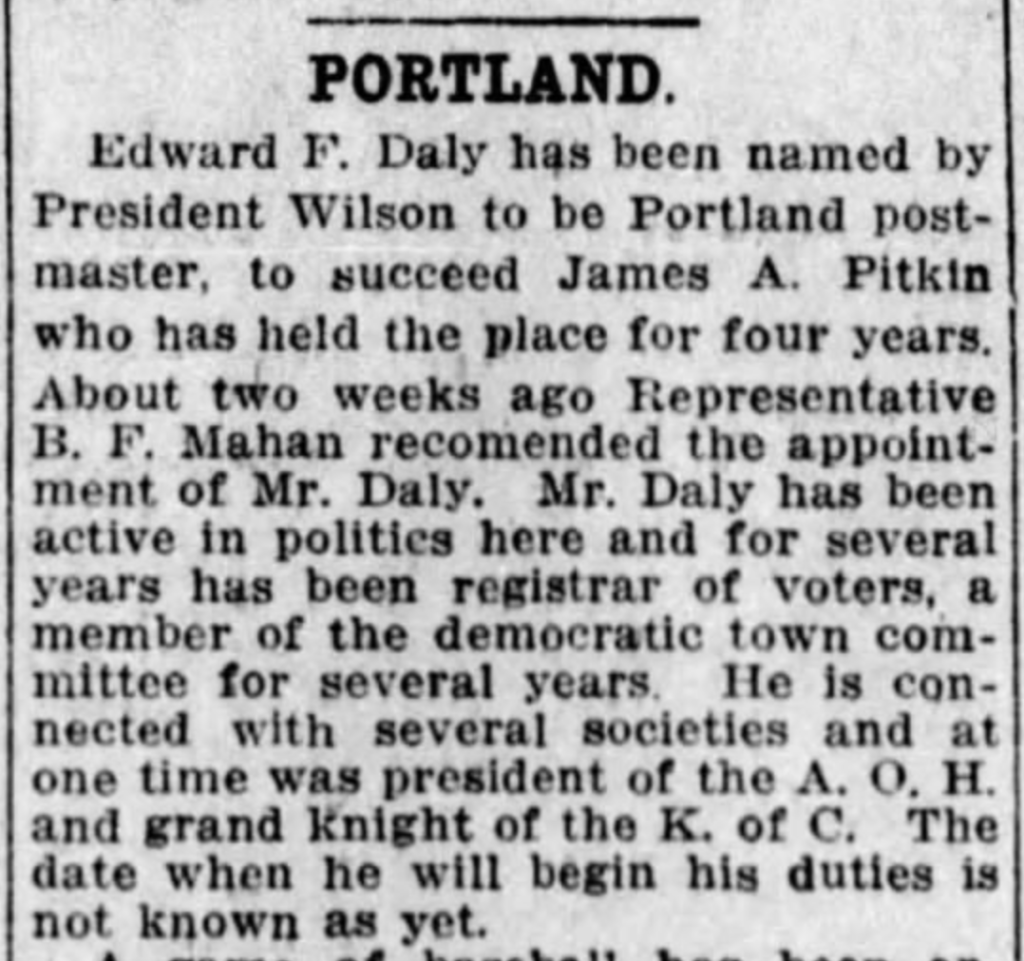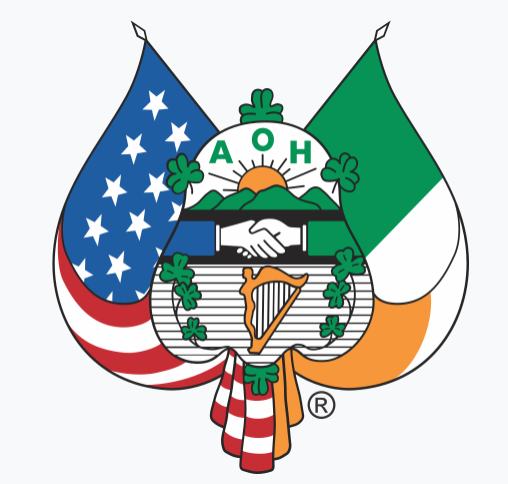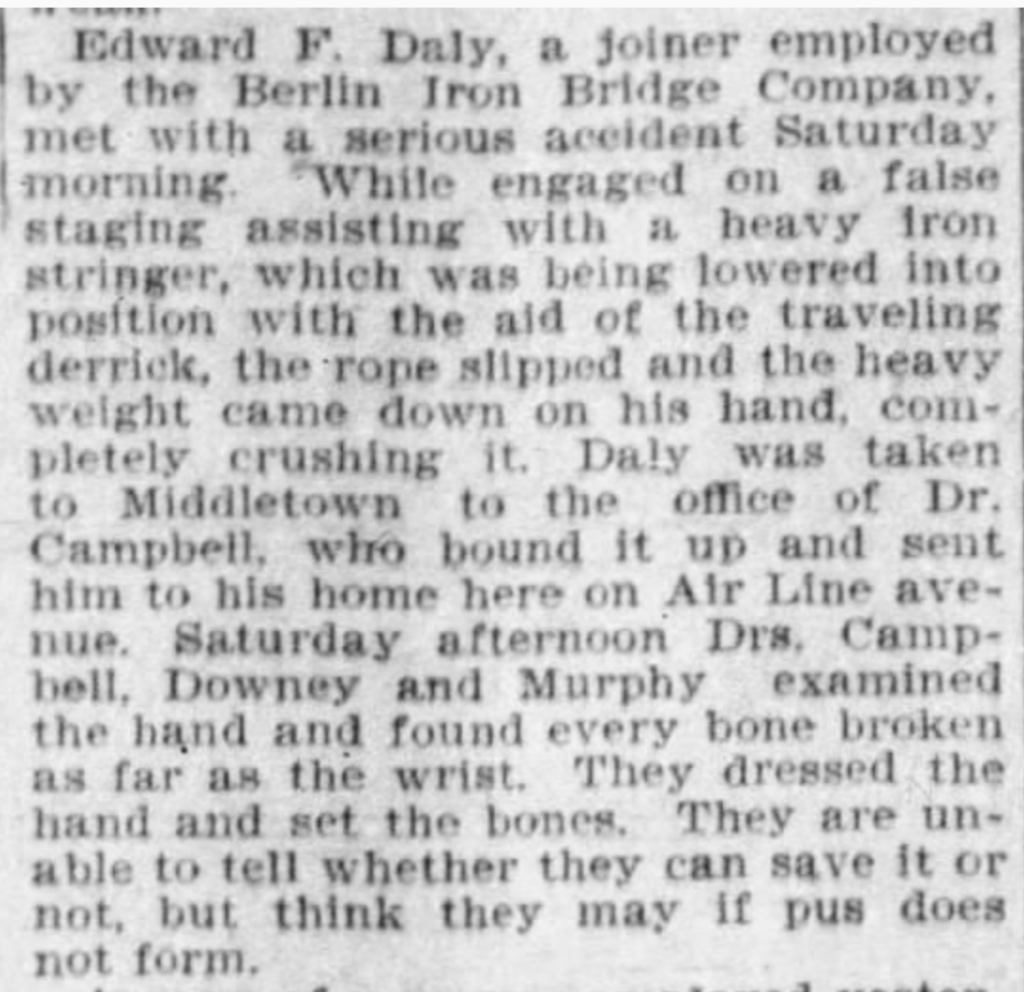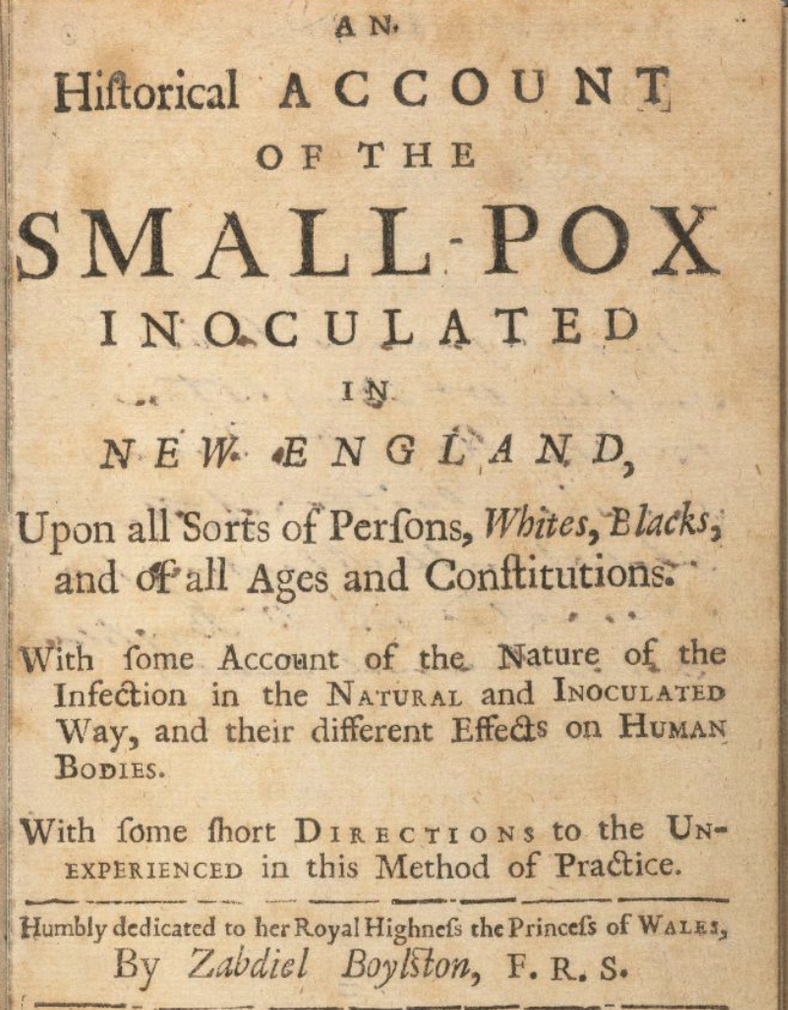Samuel E. Spencer – The New Haven Railroad
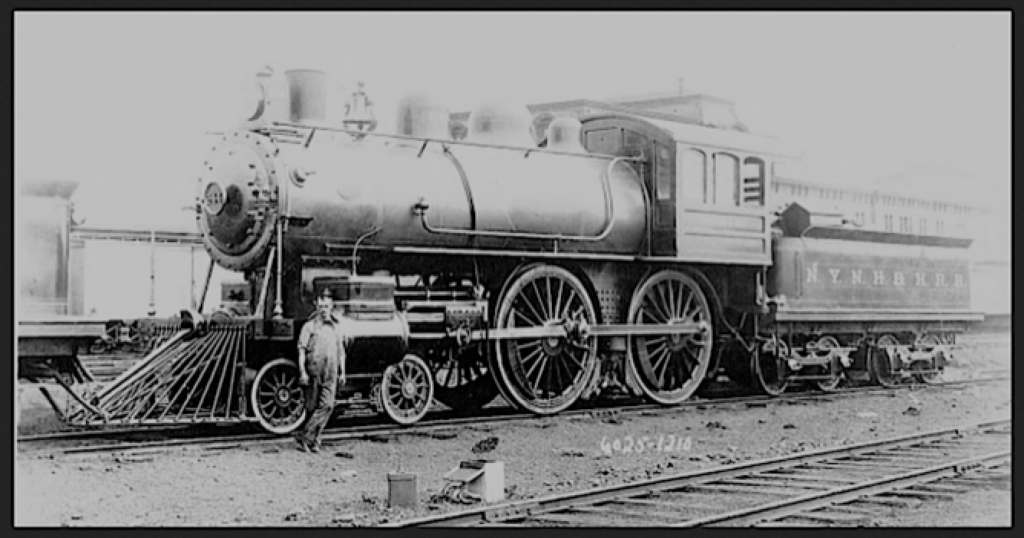
My paternal great-grandfather, Samuel Eggleston Spencer (1867-1906), was a locomotive engineer for the New York, New Haven and Hartford Railroad Company (NYNH&HRR) where he was an employee for 19 years. Operating a steam locomotive combined two responsibilities: managing a highly complex steam boiler and controlling the safe speed of a massive vehicle. For example, a class G-4 (built 1904-1907) which weighed 151,000 pounds. The photographs that accompany this post (NYNH&H Steam), depict the immensity and raw power of these steam locomotives, I can only imagine that Samuel is one of the men pictured!
In a sad coincidence, Samuel’s grandfather, Abiram Spencer, was killed in 1871 after being struck by a New York, New Haven and Hartford Railroad train. (Article – Hartford Courant)

Samuel, the son of John W. Spencer (1834-1896) and Anna Eggleston (1843-1921), was born in Bloomfield and lived in Hartford, CT. In 1897, he married Minnie M. Fowler (1858-1957), the daughter of Edward Gamaliel Fowler (1840-1912) and Ellen Jane Thompson (1845-1924). Samuel and Minnie had six children, including my grandmother Gladys.
The New York, New Haven and Hartford Railroad Company, commonly known as the New Haven Railroad or simply, ‘The New Haven”, operated in the states of New York, Connecticut, Rhode Island, and Massachusetts. The New Haven operated freight and passenger trains over a Boston – New York City main line and was made up of 8 railroads, several trolley companies and coastal steamship lines which were controlled through stock purchases or long term lease. (Source: New Haven Railroad Historical and Technical Association, Inc.)
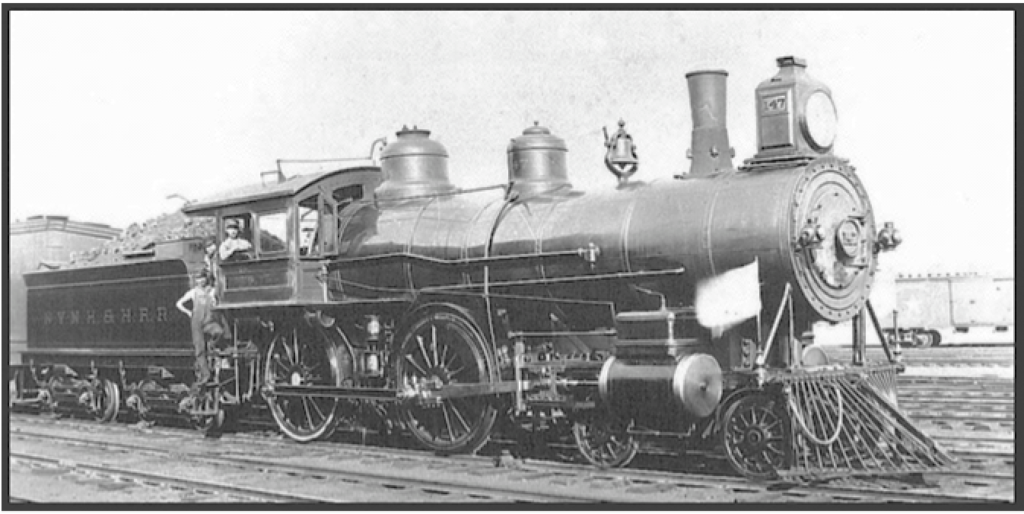
Comments, corrections and suggestions appreciated.
Copyright © 2021. All Rights Reserved by David R. French.
